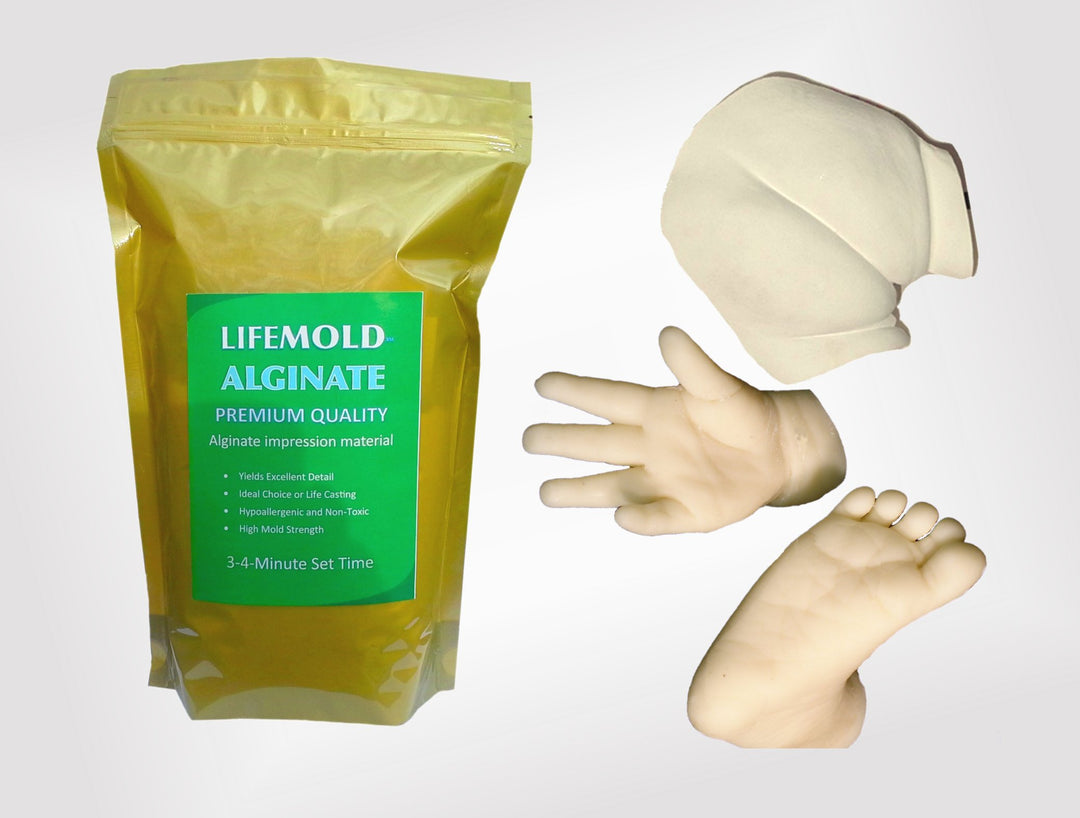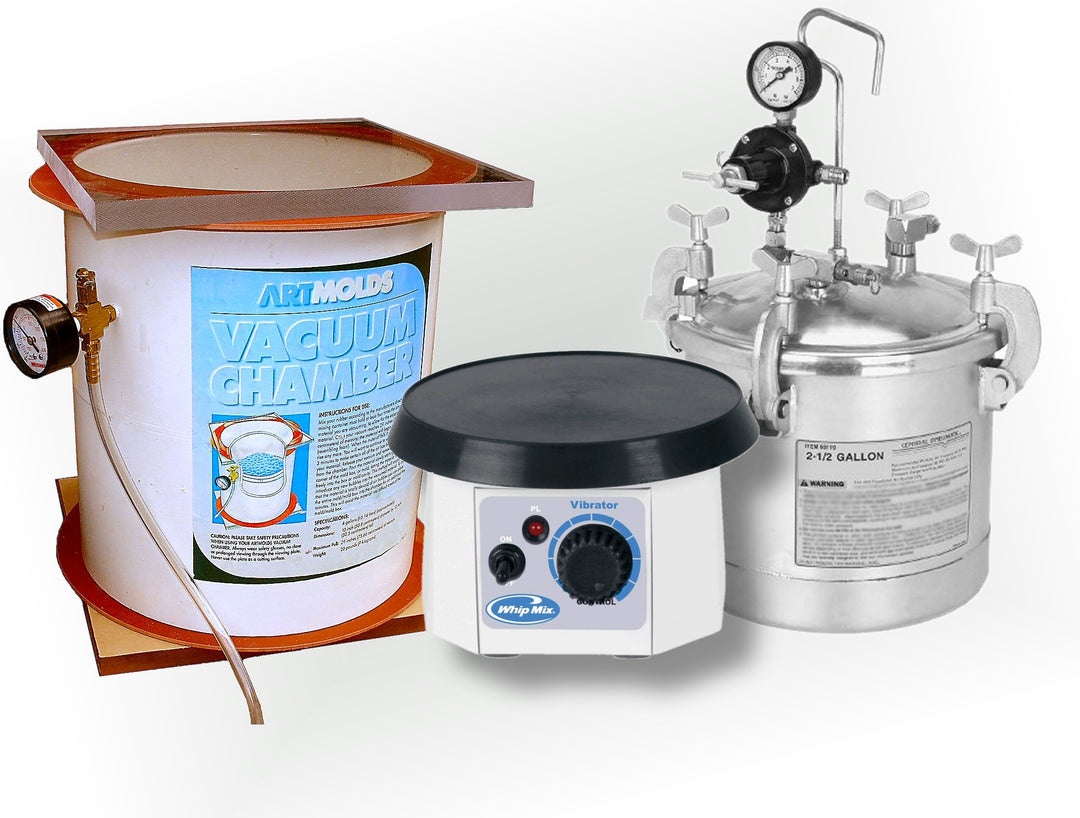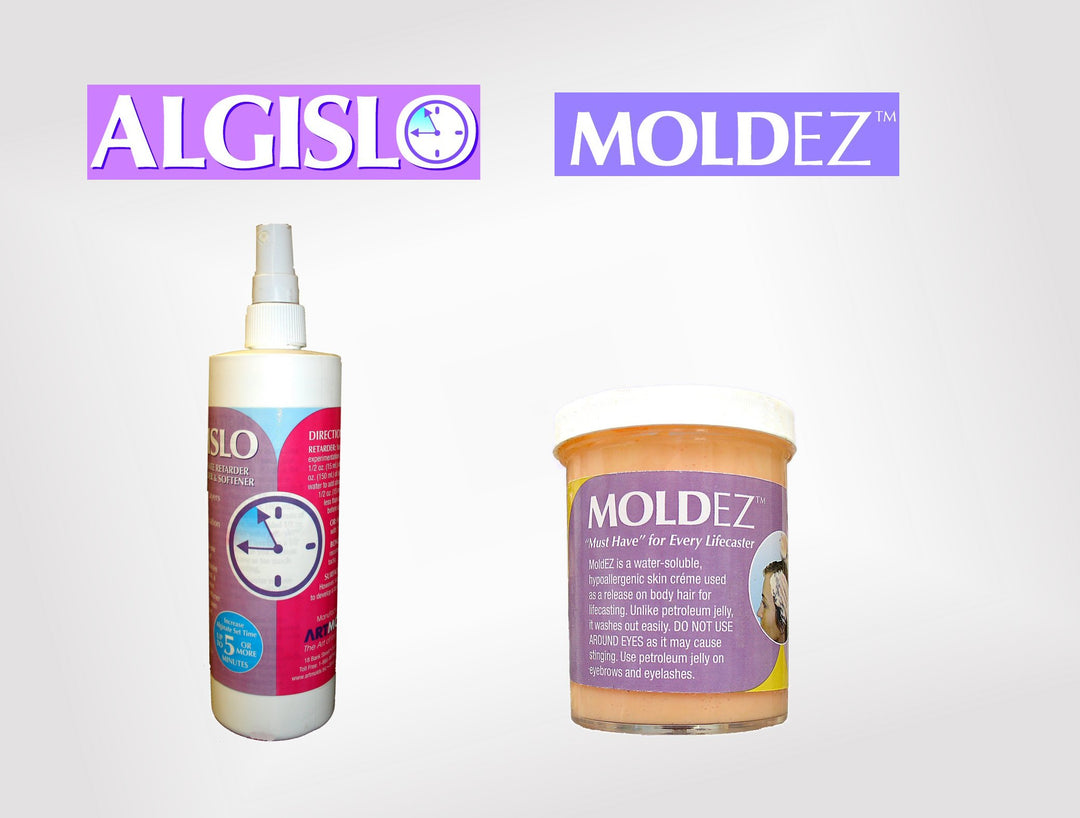Defining Shore Hardness

As a novice artist, you may have come across mold makers and casting artists discussing the Shore Hardness of various materials. Or you may have read things like SkinRite 10-silicone sets similar to a Shore A 10 and MoldRite 25 is preferable for making stronger molds as it sets to a Shore A 25 hardness at room temperature.
This can seem quite mystifying in the beginning. The following is an explanation of Shore Hardness and why it is important to you:
Shore Hardness is nothing but a measure of the hardness of a given material or how resistant it will be to permanent indentation. It is measured by the depth of indentation that is created on the material with a specified force. The measuring instrument is actually a durometer, but Shore Hardness is named after its inventor Albert Shore.
Accordingly, there are different Shore Hardness scales for measuring the solidity of different materials with varying properties, like rubbers, polymers and elastomers. In fact, there are as many as 12 different scales depending on the intended use, and each scale results in a value between 0 and 100. You can safely assume that higher values indicate higher hardness and vice versa.
However, you will find that only two of these scales are most commonly used for measuring the hardness of rubber compounds - A scale for softer ones and D scale for harder ones.
To elaborate on these universal scales:
- Shore A Hardness Scale is used for measuring the hardness of flexible mold rubbers. These can range in hardness from very soft and flexible, to medium and somewhat flexible, to hard with almost no flexibility at all. It follows that Shore A0 obviously denotes extremely soft and gel-like rubbers. While semi-rigid plastics will be measured at the highest end of the Shore A Scale.
- Shore D Hardness Scale is reserved for measuring the hardness of hard rubbers, semi-rigid plastics and hard plastics.
While not needed for plaster casting, shore hardness proves helpful when you have to choose your materials such as which silicone rubber should be used for making a mold or cast.
If your mold or cast requires flexibility, or your model has severe undercuts, opt for a lower Shore A Hardness number that will stretch easily and can be sealed properly as well. You will be able to easily extract the original model from the rubber mold or the subsequent casts from the silicone rubber mold, after they have cured properly.
On the other hand, a rubber with a higher Shore Hardness number will be quite stiff and not flexible at all. Delicate molds and casts will tend to break during the de-molding process. But such rubbers are suitable for concrete castings as they offer more resistance to abrasions and extrusions. This feature will be sorely lacking in the softer rubber compounds.
Therefore, while shore hardness is not needed for plaster casting, it plays a crucial level in making rubber molds and casts, especially with silicone rubber.




